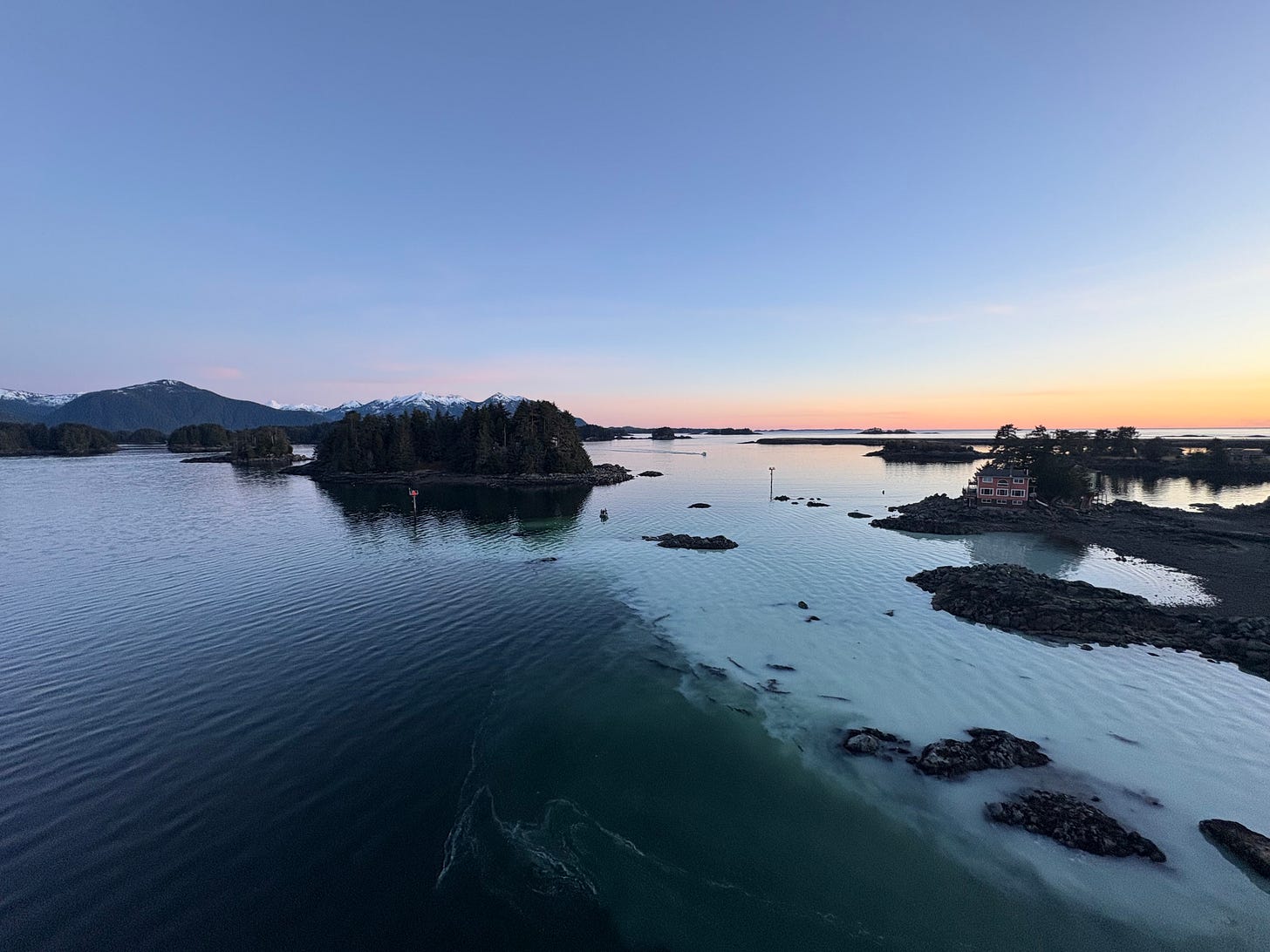Written Extenuation
Part one of two
Hi friends, and welcome back to Squashed. This is the first of two parts of an essay on the magic of art and writing. The second part of this essay, “Spatial Magic,” is available here.
In the Q&A following a dance performance, a performer said that dance is an attempt to extenuate beautiful moments. I think often about this assertion, not just in relation to dance, but in relation to all art. This concept of “beautiful moments” resonates as a recognition of the spatial nature of dance, but extends, I believe, to all art: art is inherently spatial. Art chases a state of being, attempting to share something wildly vast and frighteningly specific. It becomes magic when it succeeds in bridging the vast and the specific, allowing both sensations equal time. I want to term this sensation an “extenuation,” as the magic of these moments results from having enough time to recognize the moments as beautiful. The moments last long enough for us to mark their significance.
In my body, the extenuation feels like a comfortable and delicious question. I do not know how else to put this. The extenuation feels spatial and three-dimensional, even if it is the result of reading printed words on a page, for the words remain with me; the art remains with me. Early this morning, before I began writing again, I took a walk. The sun had not yet risen and the clouds glowed pink and the ocean was an opaque turquoise, thick with herring spawn. My friend joined me and I kept saying, over and over, that I hate waking up early, but that it is a magical time; kept reiterating that the sunrise is a quiet and observant time. I didn’t just mean the sunrise. I meant 6:30 a.m. I meant spring. I meant the herring, already uncountable and not yet hatched. My friend and I stopped by the water and looked at the shore, the rocks shaggy with day-old fish eggs, and when artists describe an ocean terrifying in its incessant aliveness, they must mean this, the eggs stranded feet from the water. They must mean the gulls and ravens and whales, all waiting, excited, knowing. They must mean the eeriness of a whole ocean changed by thousands upon thousands of small creatures. The extenuation arises from the observance of change and reaction to it. The herring react to the spring and we react to the herring and the weather brings a damp snow and the sunrise greets us at just before seven in the morning. The extenuation is the coordination between time and place.
Moments of extenuation are times in which we bring our full selves to a piece of art, whether by performing, creating, or viewing it. These moments are not only a perceived change in the passage of time, but moments of connection. Put colloquially, these are moments when we are “so there,” moments when our presence and humanity is so fully acknowledged that we may bask, suspended, in our fullness. These moments create the space required to welcome others in, or else create the space we need to be present with our own selves. It is care work, this, and joy work. Joy is imperative to survival and liberation work, certainly, and art is a way to proclaim our presence within this world.
The sensation of interacting with art is as fleeting as any other less devout moment we may experience. But we treat art differently, approaching it with a certain intentionality. We buy tickets to a museum, or take a book with us on a plane ride, or follow an artist on Instagram. We seek art. We seek art because it is pleasurable. We seek art because we have encountered good art and want to encounter it again.
Keep reading with a 7-day free trial
Subscribe to Squashed to keep reading this post and get 7 days of free access to the full post archives.


